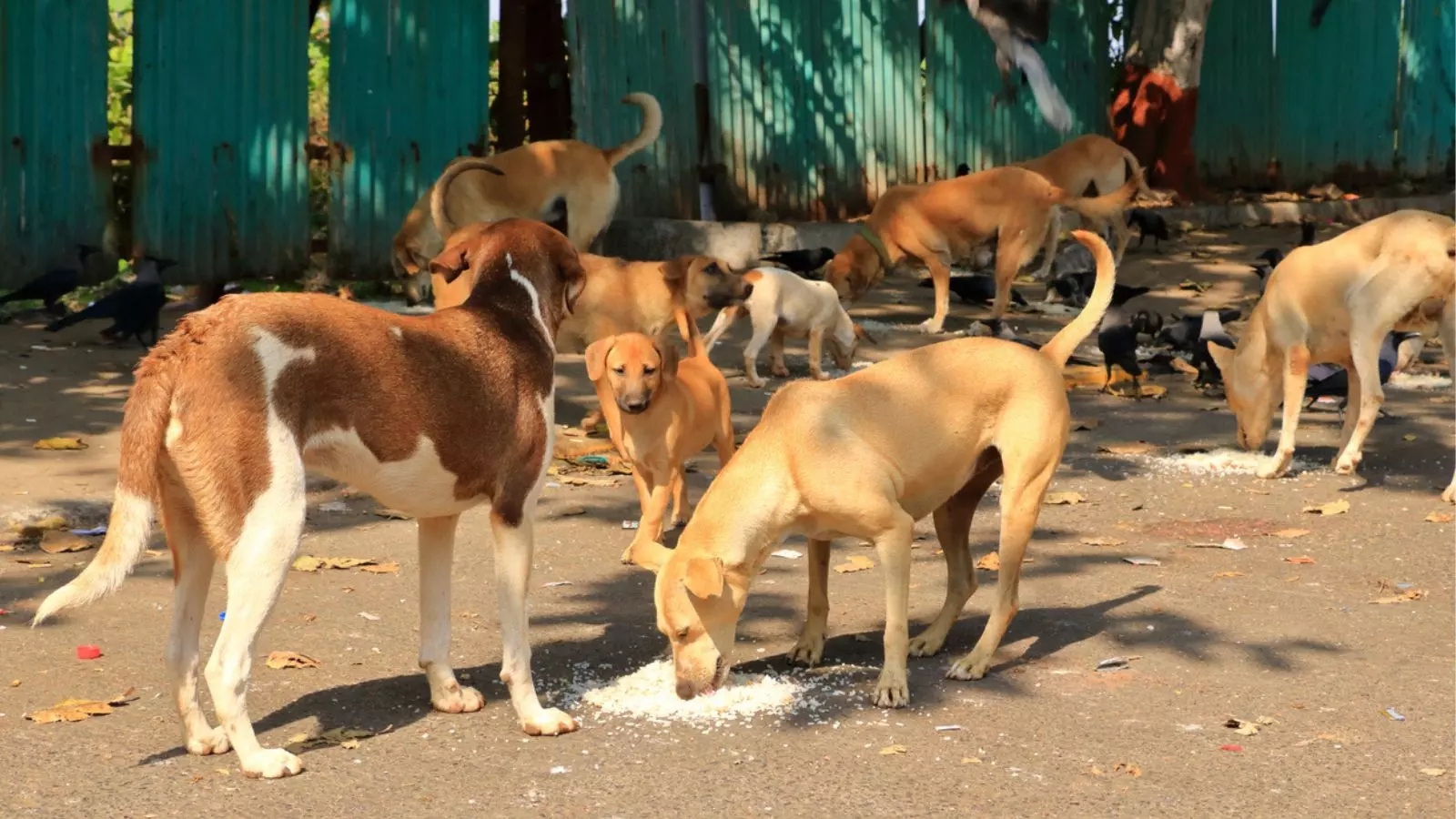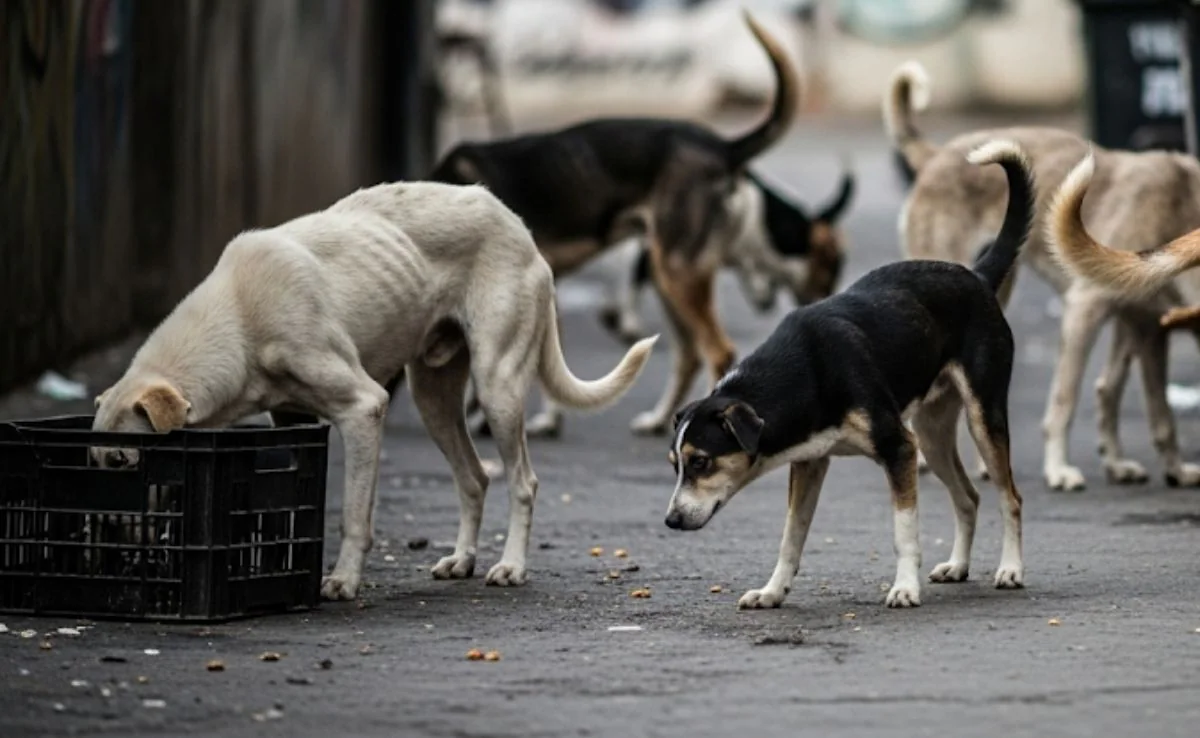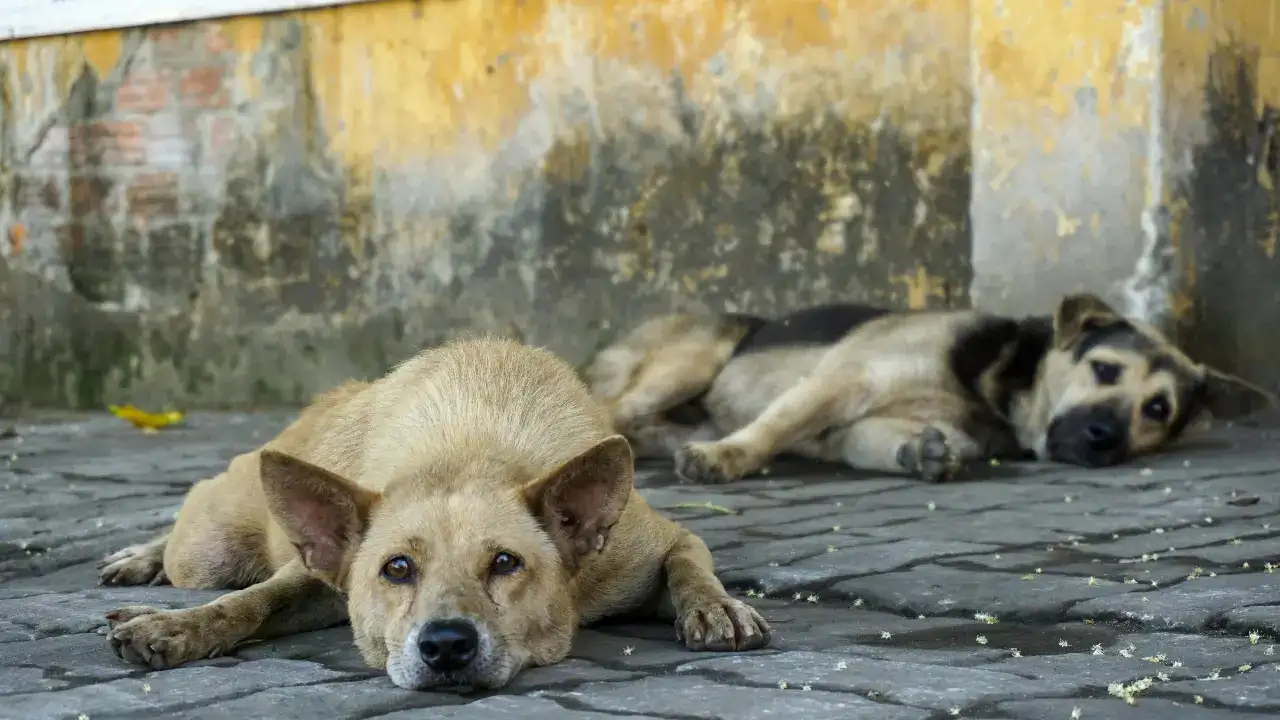Something’s happening in Delhi that’s got animal lovers, activists, and regular citizens all worked up. The streets are buzzing with tension, and it all started with a decision that nobody saw coming.
The Delhi stray dogs situation just took a dramatic turn that’s dividing the entire city. People are choosing sides, protests are breaking out, and the police are getting involved. But here’s what most news outlets aren’t telling you about what’s really going on.
The Supreme Court Decision That Changed Everything
Last week, the Supreme Court made a ruling about Delhi stray dogs to round up all from the capital’s streets and confine them in shelters within six to eight weeks, with a stipulation that they must never be released into public spaces again. that sent shockwaves through animal welfare communities across India.
A plea concerning the relocation of stray dogs was mentioned before Chief Justice of India BR Gavai’s bench. CJI Gavai said, “I will look into it.”
The three-judge bench of the SC on Thursday (August 14, 2025) reserved order on interim plea seeking stay on SC’s earlier directive of blanket removal of stray dogs from Delhi NCR.
“This is not what we expected from our highest court,” said Priya Sharma, an animal rights activist who’s been working with Delhi stray dogs for over a decade.
The ruling essentially gives local authorities more power to deal with stray dog populations in ways that many consider harsh. Animal welfare groups are calling it a step backward for India’s approach to handling Delhi stray dogs humanely.
But here’s where it gets complicated – the court’s decision came after numerous complaints from residents about dog attacks and public safety concerns.
Protests Erupt at India Gate
Within hours of the Supreme Court announcement about Delhi stray dogs, crowds started gathering at India Gate. What began as a small group of concerned citizens quickly grew into a massive demonstration.
The scene was pretty intense. Dog lovers carried banners, chanted slogans, and shared heartbreaking stories about their relationships with Delhi stray dogs. Many brought their rescued pets to show how these animals can become loving companions when given a chance.
“These dogs aren’t just strays – they’re part of our community,” shouted one protester through a megaphone.
Police cordoned off the area and started detaining protesters who refused to disperse. By evening, dozens of animal rights activists had been taken into custody for their stand on the Delhi stray dogs issue.
Why This Matters More Than You Think

The Delhi stray dogs controversy isn’t just about animals – it’s about how we handle urban challenges in modern India.
Delhi has an estimated 8-10 lakh stray dogs roaming its streets. That’s like having the entire population of a small town just wandering around the capital. Some are friendly neighborhood dogs that locals feed and care for. Others are aggressive and pose real safety threats.
The tension around Delhi stray dogs reflects a bigger problem: rapid urbanization without proper planning for animal welfare. As Delhi grows, the space for both humans and animals is shrinking, leading to more conflicts.
Kids walking to school, elderly people going for morning walks, and delivery workers doing their jobs – everyone’s affected by the Delhi stray dogs situation in some way.
The Real Stories Behind the Headlines
Meet Rajesh Kumar, a security guard in Connaught Place. He’s been feeding a pack of Delhi stray dogs for three years. “They know me, I know them. They protect our building at night. Why should they be punished for existing?”
On the flip side, there’s Sunita Devi from East Delhi, whose seven-year-old daughter was bitten by a stray dog last month. “I love animals, but my child’s safety comes first. Something needs to be done about aggressive Delhi stray dogs.”
These aren’t isolated incidents. Every day brings new stories of both heartwarming human-animal bonds and scary encounters involving Delhi stray dogs.
What Animal Rights Groups Are Actually Saying
PETA India came out swinging against the Supreme Court’s ruling on Delhi stray dogs. They called it “illogical” and warned it could lead to mass killings of innocent animals.
“Killing stray dogs has never solved overpopulation problems anywhere in the world,” explained a PETA spokesperson. “It just creates a vacuum that gets filled by new dogs moving into the territory.”
Other animal welfare organizations working with Delhi stray dogs are pushing for better implementation of existing sterilization programs instead of more aggressive removal tactics.
The groups argue that proper vaccination and sterilization campaigns have successfully reduced Delhi stray dogs populations in other cities without resorting to harsh measures.
The Science Behind Stray Dog Management
Here’s something most people don’t know: killing Delhi stray dogs actually makes the problem worse in the long run.
When you remove dogs from an area, new ones move in to fill the empty territory. It’s like trying to empty a bathtub while the faucet’s still running – you’re fighting a losing battle.
Successful Delhi stray dogs management programs focus on the ABC approach: Animal Birth Control through sterilization, along with vaccination and responsible care. Cities that stick to this method see gradual, sustainable decreases in stray populations.
The key is consistency and community involvement. When locals participate in Delhi stray dogs welfare programs, the results are dramatically better.

What Regular Citizens Are Experiencing
Walk through any Delhi neighborhood and you’ll see the Delhi stray dogs reality up close. Some areas have well-fed, calm dogs that barely bother anyone. Other places deal with aggressive packs that make people nervous about going out after dark.
The difference usually comes down to community involvement. Areas where residents work together to feed, vaccinate, and sterilize Delhi stray dogs tend to have much better relationships between humans and animals.
“It’s not rocket science,” says Dr. Arvind Patil, a veterinarian who runs sterilization camps. “When dogs aren’t hungry and stressed, they’re much less likely to be aggressive.”
But not every neighborhood has the resources or organization to manage Delhi stray dogs effectively.
The Economic Side Nobody Talks About
Dealing with Delhi stray dogs costs money – lots of it. Sterilization programs, vaccination drives, and shelter maintenance all require funding that’s often in short supply.
The Delhi government allocated millions of rupees annually for stray dog management, but activists argue it’s not nearly enough for a city this size. Meanwhile, taxpayers question whether their money should go toward Delhi stray dogs when there are so many human problems to solve.
Private organizations and NGOs fill some gaps, but they can’t handle the entire Delhi stray dogs challenge alone. Many rely on donations and volunteer work, which makes sustainable programs difficult to maintain.
International Examples That Work
Cities around the world have successfully managed stray dog populations without mass killings. Istanbul, Turkey, has over 150,000 street dogs that live peacefully alongside humans thanks to comprehensive management programs.
The difference? Consistent sterilization, community feeding programs, and strong legal protections for animals. These cities prove that Delhi stray dogs issues can be solved humanly with the right approach and adequate resources.
Even in India, cities like Jaipur and Chennai have seen significant improvements in their Delhi stray dogs situations through sustained ABC programs and community participation.
What Happens Next
The protests might be over for now, but the Delhi stray dogs controversy is far from settled. Animal rights groups are planning legal challenges to the Supreme Court ruling, while government officials defend their need for flexible enforcement options.
Community groups across Delhi are organizing to create local solutions for Delhi stray dogs in their neighborhoods. Some are setting up feeding schedules, others are fundraising for sterilization drives.
“We can’t wait for perfect policies,” says neighborhood volunteer Meena Gupta. “We have to start taking care of our local Delhi stray dogs ourselves.”
The real test will be whether Delhi can find a balanced approach that protects both human safety and animal welfare. The Delhi stray dogs crisis won’t disappear overnight, but there are signs that communities are ready to be part of the solution.
The next few months will likely determine whether Delhi becomes a home for stray dog management or falls back on outdated approaches that don’t actually solve anything.
